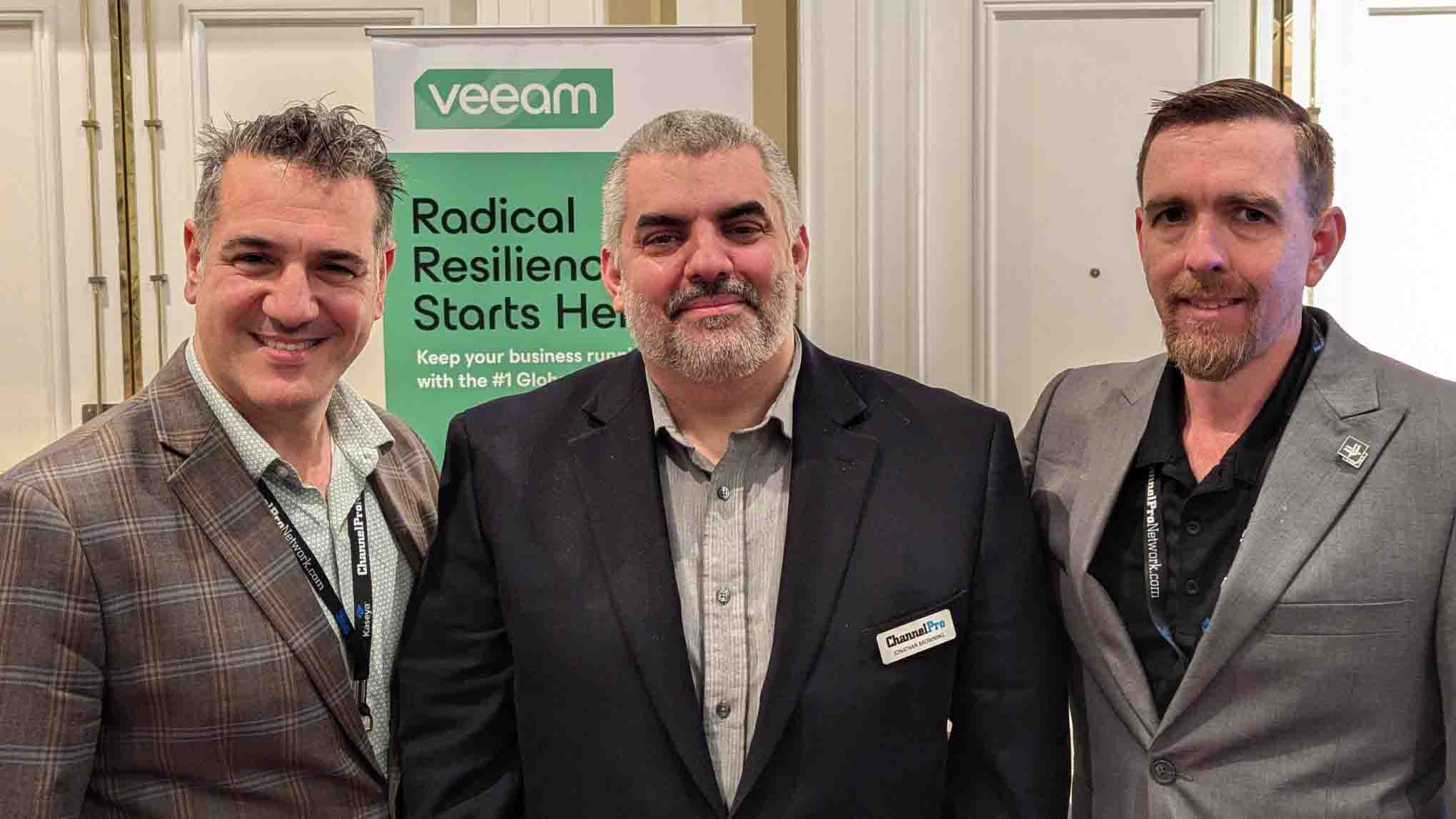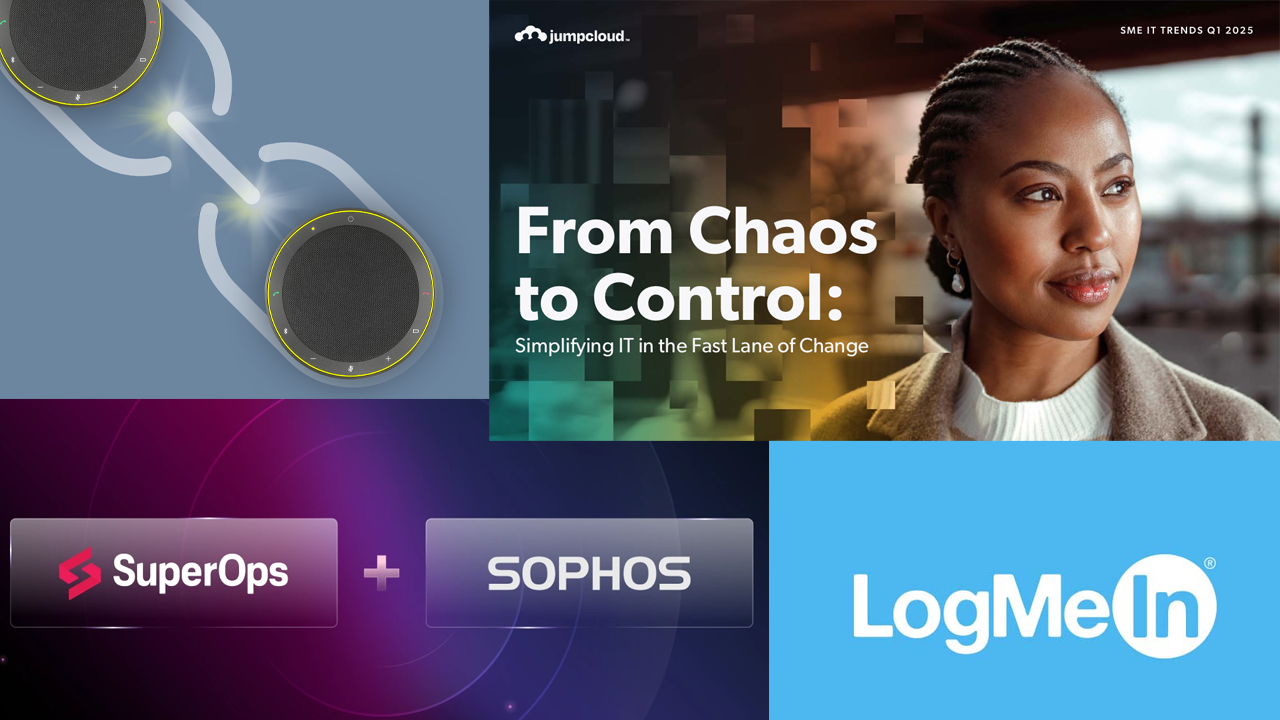Salesforce [NYSE: CRM], the global leader in CRM, announced Lightning Web Components, a programming model that makes it easy for millions of JavaScript developers worldwide to code on the Lightning Platform. This standards-based programming model gives developers the freedom to use the tools they love to build components — reusable building blocks for creating Lightning apps and experiences. And by using Lightning Web Components in conjunction with other Lightning developer services and low-code tools, organizations can better utilize all of their existing developer and admin resources to collaboratively build high-performing web experiences.
“We are constantly working and looking for ways to help our customers build faster, innovate and deliver new products to their customers and employees,” said Mike Rosenbaum, EVP of Product, Salesforce. “With Lightning Web Components, we are giving developers a standards-driven JavaScript model for building enterprise apps on Lightning. Every time we release a new platform capability we see an acceleration of innovation in our 150,000 customer base, and we are excited to see what our community of developers will do with Lightning Web Components.”
Shifting to a Standards-Based Model
Widely considered one of the core technologies that power the internet, JavaScript is used in†95%†of all websites, and IDC estimates there are 7.04 million full-time developers using JavaScript worldwide. However, there remains a massive shortage of developer talent today —†research shows†there are approximately 250,000 unfilled developer jobs in the US alone — that threatens to slow the pace of innovation for many organizations. This underscores the importance of JavaScript and other standards-based approaches, as they empower companies to leverage existing skills rather than be forced to seek out developers versed in platform-specific languages.
Lightning Web Components: Standards-Based, High-Performing, Easy to Use
Lightning Web Components empowers any JavaScript developer to build on the Lightning Platform with skills they have and in languages they are familiar with, and includes a standards-based component authoring format, compiler, and rendering engine. Lightning Web Components is:
- Standardized for enhanced productivity†— Lightning Web Components uses the modern language of the web, and with support for ES6+, developers can use the most modern JavaScript features like classes, modules, and imports.
- Engineered for performance†— With Lightning Web Components, more of the code is executed natively by the browser instead of JavaScript abstractions, leading to faster component performance and a better overall end-user experience.
- Compatible and easy to use†— Lightning Web Components can run side-by-side with Aura Components (Aura is the existing programming model, built by Salesforce in 2015) and, once created, can be similarly leveraged by admins and business users to create and customize apps with clicks, not code.
- Lightning Combines Developer Services and Low-Code Tools To Drive Innovation
- The Lightning Platform already includes a host of other powerful developer services to quickly implement enterprise app capabilities including:†Lightning Data Service, which gives developers access to their Salesforce data and metadata in JavaScript;†Lightning Locker, which provides enterprise-class security around JavaScript code; and the†Base Lightning Components, a library of more than 70 building blocks that accelerate app development.
- In addition, by combining Lightning Web Components with the broader Lightning Platform capabilities — including pro-code tools like Salesforce DX; low-code solutions like Lightning App Builder and Lightning Flow; and enterprise services like Salesforce Einstein and Salesforce IoT — companies can build large-scale customer experiences, extend the functionality of CRM, create apps for specific departments ranging from HR to finance, and more
Comments on the News
- “Lightning Web Components will let us build apps that are able to present data from many sources in a component-based way, which is crucial given the number of custom apps we have across our business,” said Stephan Paquet, Senior Architect IT Applications, Ciena. “I applaud the standards-based approach Salesforce is taking with this new programming model by opening it up to JavaScript developers.”
- “Lightning Web Components has the potential to fundamentally change how we do app development,” said Anil Sistla, Platform Architect, Schneider Electric. “The performance gains have been significant so far, both in terms of speed and stability, and we see Lightning Web Components as a great way to help us realize our digital transformation goals.”
- “Having a standards-based programming model will help enable us to build Salesforce applications and experiences for end users faster, while empowering our development team to use tools they’re already familiar with,” said Saideep Raj, Senior Managing Director of Accenture’s Salesforce Business Group. “The fact that components will work side-by-side with existing ones will help us avoid having to recreate applications from scratch so we can focus more time on innovating with our clients.”
- “nCino is focused on delivering the best possible user experience to anyone accessing our Bank Operating System, which often requires the creation of our own custom apps and components,” said Dory Weiss, VP of Engineering at nCino. “Lightning Web Components gives our developers the ability to quickly create immersive apps, and gives our customers’ admins the ability to use simple drag-and-drop components without having to code. This could change the game for us by speeding up development and increasing productivity.”
- †”The demand for digital solutions exceeds the supply of developer resources that can produce them,” said Arnal Dayaratna, Research Director of Software Development at IDC. “The model specific to Salesforce’s Lightning Web Components empowers developers to build web applications using standards-based tools with which they are familiar. By combining this model with a multitude of developer tools that harness command line development skills, low-code development, and no-code development, Salesforce’s portfolio of developer tools embraces the diversity of developer personas in the world today.”













